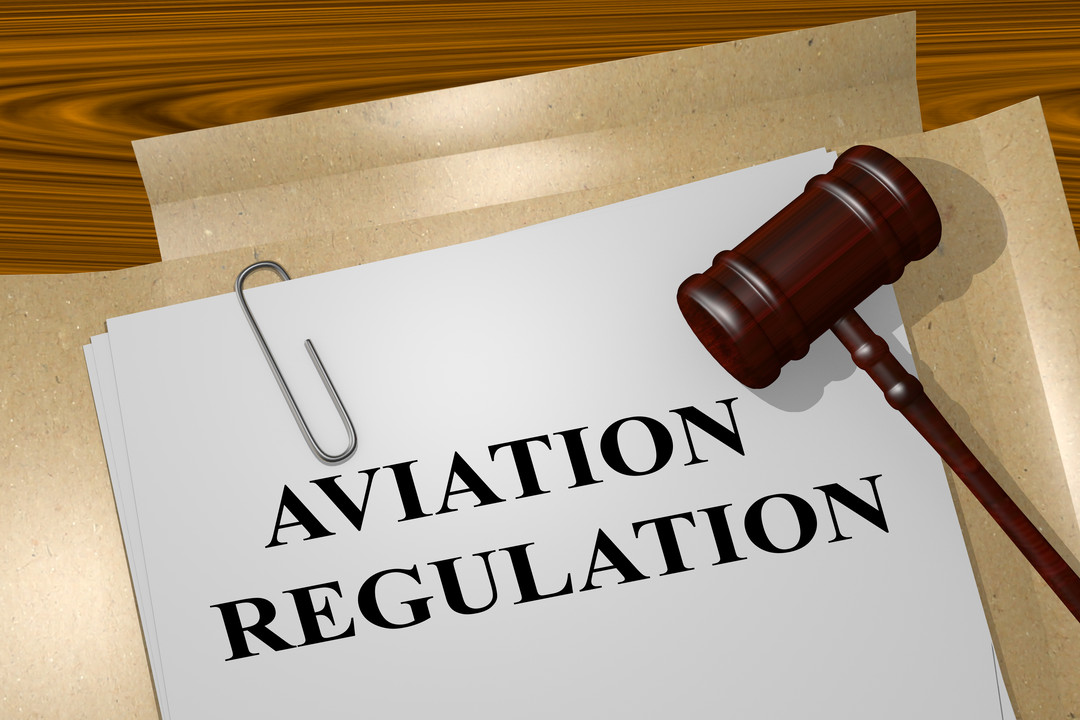Introduction
Aviation safety regulations play a crucial role in maintaining the highest standards of safety and security in the aviation industry. These regulations are enforced by various aviation authorities worldwide, such as the Federal Aviation Administration (FAA), European Union Aviation Safety Agency (EASA), and others. In this comprehensive guide, we’ll delve into the importance of aviation safety regulations, explore key regulations enforced by major authorities, and provide insights into compliance requirements for airlines, pilots, and aircraft manufacturers.
The Role of Regulations in Ensuring Aviation Safety
Aviation safety regulations are designed to safeguard passengers, crew members, and aircraft by setting standards and guidelines for various aspects of aviation operations. These regulations cover a wide range of areas, including aircraft design and manufacturing, pilot training and licensing, maintenance procedures, air traffic control, and airport operations. By adhering to these regulations, aviation stakeholders can mitigate risks and prevent accidents, ultimately ensuring the safety and security of air travel.
Key Regulations Enforced by Aviation Authorities
-
Federal Aviation Administration (FAA):
- The FAA regulates civil aviation in the United States and is responsible for ensuring the safety of the national airspace system.
- Key FAA regulations include the Federal Aviation Regulations (FARs), which cover all aspects of aviation operations, from aircraft certification to pilot licensing and airworthiness standards.
-
European Union Aviation Safety Agency (EASA):
- EASA is the regulatory authority responsible for civil aviation safety in the European Union (EU) and European Free Trade Association (EFTA) countries.
- EASA regulations include the European Aviation Safety Regulations (EASRs), which harmonize safety standards across EU member states and ensure compliance with international aviation standards.
-
International Civil Aviation Organization (ICAO):
- ICAO is a specialized agency of the United Nations responsible for establishing international standards and recommended practices for civil aviation.
- ICAO regulations, contained in Annexes to the Chicago Convention, cover a wide range of aviation safety and security issues, including air navigation, aircraft operations, and aviation security.
Insights into Regulatory Compliance Requirements
Compliance with aviation safety regulations is mandatory for airlines, pilots, aircraft manufacturers, and other aviation stakeholders. Failure to comply with these regulations can result in regulatory sanctions, fines, or even suspension of operations. Some key compliance requirements include:
- Aircraft Certification: Ensuring that aircraft meet airworthiness standards and undergo regular inspections and maintenance checks.
- Pilot Training and Licensing: Pilots must undergo rigorous training and hold appropriate licenses and certifications to operate aircraft safely.
- Operational Procedures: Airlines must follow prescribed operational procedures, including flight planning, dispatch, and emergency response protocols.
- Maintenance Standards: Aircraft maintenance procedures must comply with regulatory requirements to ensure the airworthiness of aircraft.
Conclusion
Aviation safety regulations are essential for maintaining the highest levels of safety and security in air travel. By understanding and adhering to these regulations, aviation stakeholders can contribute to the overall safety and reliability of the aviation industry. As technology advances and new challenges emerge, regulatory authorities continue to evolve and adapt regulations to ensure the continued safety of air travel for passengers around the world.
Discover the importance of aviation safety regulations, key regulations enforced by major authorities, and compliance requirements for airlines, pilots, and aircraft manufacturers in this comprehensive guide.
Discover more from Treasure Coast Aviation Safety Services
Subscribe to get the latest posts sent to your email.


